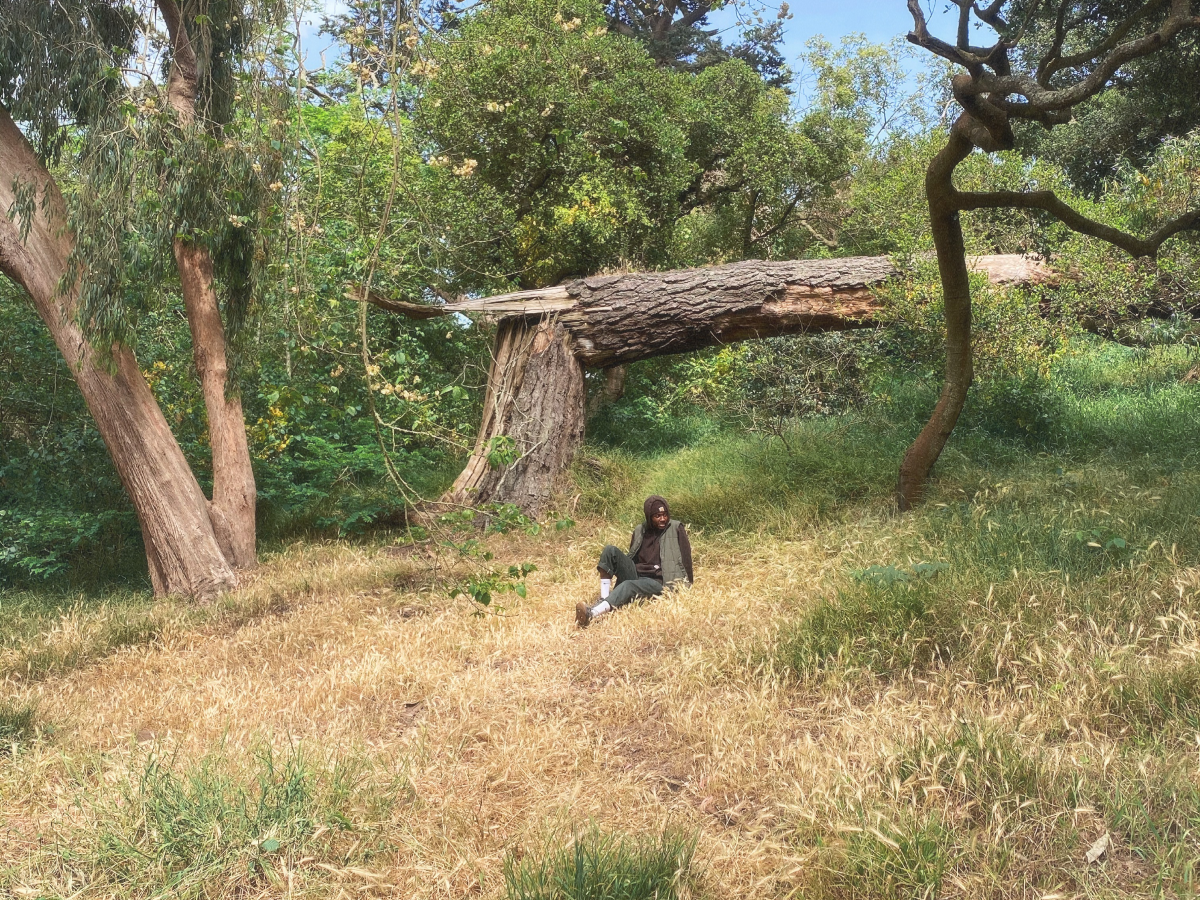“If I had an hour to solve a problem I’d spend 55 minutes thinking about the problem and 5 minutes thinking about solutions.”
― Albert Einstein
Every problem is not the same, so our process to solving each of those problems should not be either. As designers, our approaches and processes to solving those problems should not look as homogeneous as many portfolios do on a site like bestfolios.com. I am very grateful to have my student/intern level design portfolio and resume featured on that site and many others, but I’ve grown to have a strong distaste for the cookie cutter mentality that I see a lot of designers embody on those sites. This very rigid, linear approach to the design process, that is usually applied to every project, even in uncommon problem spaces, is ultimately carried into the workplace. As designers our job is never to follow a defined creative process to the T. Neither is it to use a specific set of methodologies to build a product. There are many existing processes that can aid us tremendously, but our job is to firstly understand what problem it is that we are attempting to solve. What’s the user problem? What’s the business problem? When I focus on giving true insight into my process and how that allowed myself or myself and a team solve a problem, I feel much more confident in sharing or presenting that work because I know that it is truly providing value to the viewer. This all revolves back to understanding what problem we are attempting to solve and why the methodology that we chose was ultimately the best one.
At Uber every project began with a PRD (project requirements document). This highlighted many project details but most importantly highlighted 3 pieces of information. What problem we were attempting to solve, our hypothesis for how to solve it and what the anticipated impact would be for the business. I was fortunate to primarily work with many fantastic pms, who crafted very in depth PRD’s with many resources for not only myself as a designer, but other cross functional partners. However, I still found myself questioning the validity of the problems that we were targeting on some projects. I would have loved it if (this was a recommendation that I voiced while at Uber) designers were more involved in that problem choosing process. A designer who has an ability to think like a pm is a valuable one. I found myself questioning whether or not we were addressing any real problems on many projects. When I did question those “problems”, I usually found out that they were not focused on any actual problem at all but rather were slight optimizations that purely benefited the company. I see the value in this and how it can be of extreme benefit to companies who are in that growth phase, but when as a company, we are ignoring more pressing user problems for our own minuscule monetary benefit, that’s when I lose my passion as a designer. Not every project at Uber had that focus but it was a recurring theme during my time there. Ideally, a user and business problem never conflict, but rather are in service to one another. Those are some of the most exciting problems for myself to solve and in my opinion lead to fascinatingly intuitive and innovative products.
